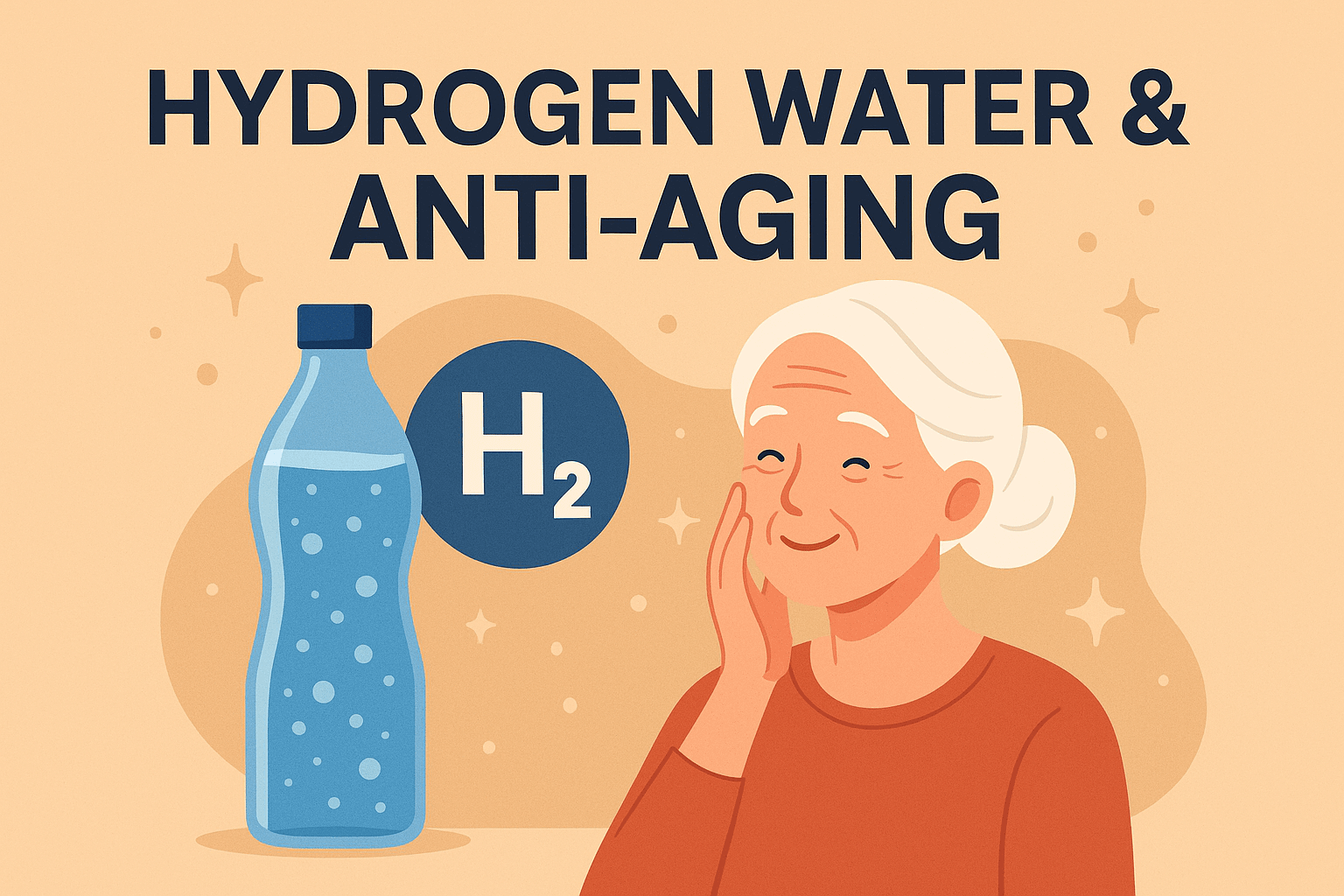
Best Hydrogen Water Machines: What to Look For (Features, Tech & Real-World Use)
A clear, non-hyped guide to choosing a hydrogen water machine—how they work, which features matter, and how to match a model to your routine.

Hydrogen water machines add dissolved molecular hydrogen (H₂) to regular drinking water via electrolysis, letting you make hydrogen-rich water at home. If you’re brand-new, start with the Hydrogen Water Ultimate Guide (2025) and our FAQ.
Also see: How hydrogen water is made · How long H₂ stays in water · How to store it
Key Takeaways
- The best hydrogen water machines (2025) use SPE/PEM electrolysis to produce clean H₂ while mitigating byproducts.
- Match format to lifestyle: bottle vs. machine · capacity · cycle time.
- Focus on ppm capability, materials, filtration, and maintenance. Use our buying guide.
What Makes the Best Hydrogen Water Machine

The strongest performers pair reliable electrolysis with solid build quality and smart filtration, producing consistent hydrogen levels cycle after cycle. If you want an at-a-glance shortlist, check our Best Hydrogen Water Machine 2025.
Key Features to Look For
- H₂ concentration (ppm): Look for ~0.8–1.6 ppm capability and consistent output.
- Filtration: Dual-stage or better before infusion (e.g., chlorine reduction). See Echo Ultimate.
- Electrodes: Platinum-coated titanium plates for stability and lifespan.
- Cycle time & capacity: Typical 3–10 minutes per cycle; match to daily volume.
- Maintenance: Easy cleaning/descaling to keep ppm reliable.
Want continuous access? Under-sink and countertop systems provide higher throughput. Explore: Echo H2® · Echo Flow.
New to picking specs? Start with the Hydrogen Machine Buying Guide.
Types of Hydrogen Water Machines
Hydrogen generators (countertop/under-sink): Purpose-built for H₂, often higher ppm than legacy ionizers. Great for families and frequent users.
Hydrogen bottles: Portable, on-demand (3–10 min per cycle). Compare bottle vs. machine. Products: Echo Go · Echo Flask.
Legacy water ionizers: Designed for pH adjustment first; H₂ output varies by model. If pH control is your goal, read Hydrogen vs. Alkaline Machines and Hydrogen vs. alkaline water.
Technologies Used
- SPE/PEM electrolysis: Current gold standard for clean H₂ generation.
- Direct-current electrolysis: Splits water into H₂ and O₂; quality control and materials matter.
- Auto-clean cycles & materials: Keep electrodes efficient; food-grade pathways preserve taste.
Curious about how devices differ under the hood? Start with How hydrogen water is made, then check real-world usage below.
Health Benefits & Practical Considerations

Potential Benefits
- Oxidative-stress support (benefits)
- Recovery & performance (recovery · athletes)
- Skin & healthy aging (skin · anti-aging)
- Brain & inflammation (brain · inflammation)
Results vary; focus on fresh generation and good storage to keep ppm high.
Everyday Use
- Timing & dosage: Start with 1–3 glasses/day, drink soon after generation. See maximum benefits.
- Storage: Use glass/quality aluminum, fill to the top, refrigerate. Read how long H₂ lasts and storage tips.
- Water quality: Low-TDS, neutral pH input helps consistent ppm.

